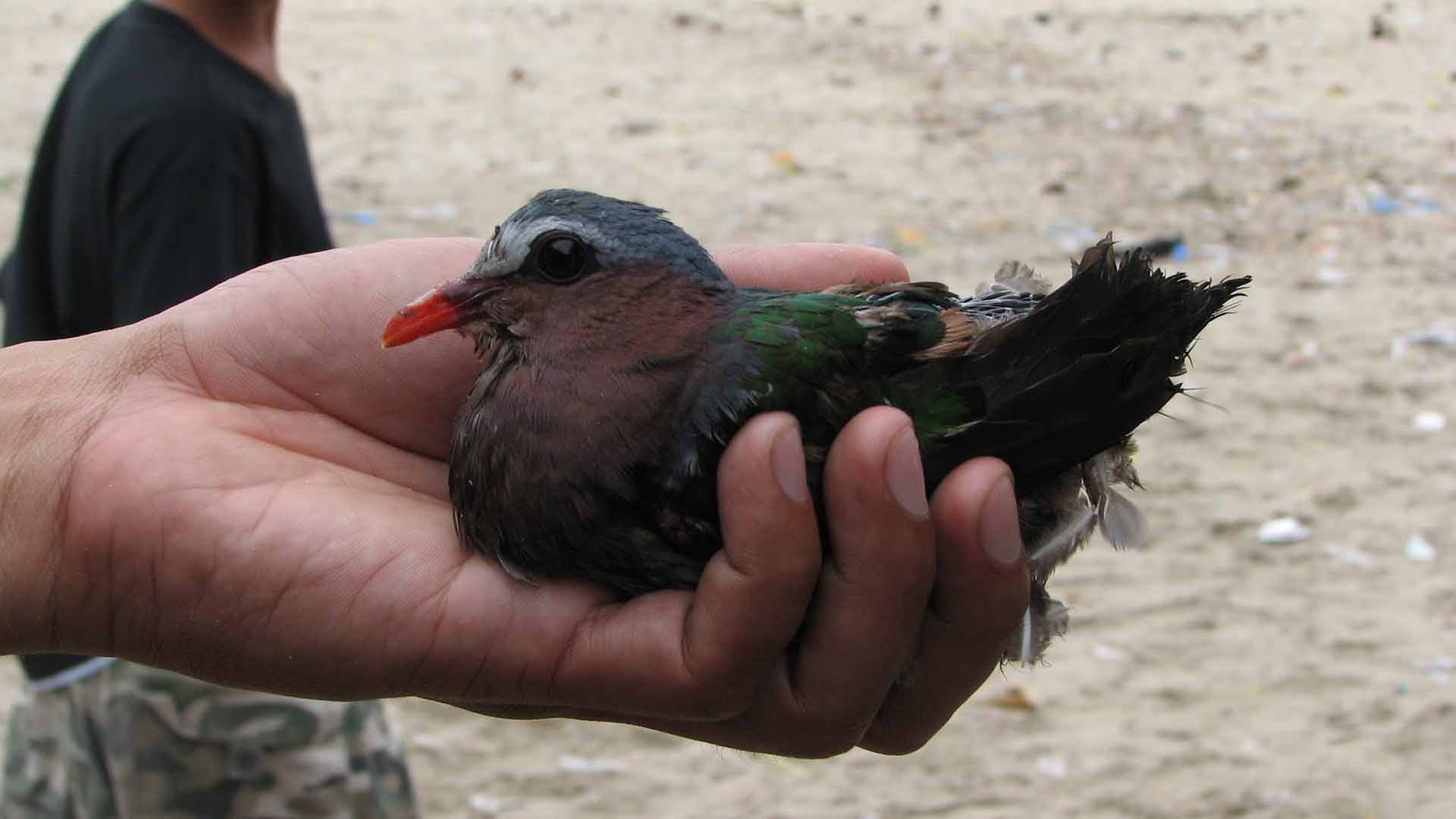Did you know that wildlife also experience a lot of stress? Bushmeat hunting for consumption pushes several terrestrial or land-based mammal species to the brink of extinction while agitating hunted animals.
Hunting is common in developing countries across Southeast Asia, South America, and Africa. Traditional medicine, pet trade, and ornamental use of body parts were also some of the reasons why wildlife and other biodiversity are hunted and collected. Live trade for the pet industry and ornamental use of wild animals primarily occur in Africa, Latin America, and in Southeast Asia.
Bushmeat is a vital source of food and income in rural areas in Southeast Asia for over 40,000 years. Increasing human population and the continuous destruction and degradation of forests and other habitats have contributed to wildlife hunting to unsustainable levels. The demand for bushmeat increases the risk of transmission of zoonotic diseases from animals to humans through direct contact.
What is zoonosis?
Zoonosis is the transmission of disease from animals to humans. It follows a simple equation: wildlife interaction + increasing demand + habitat conversion = zoonotic diseases.
This risk from handling wildlife has long been acknowledged. This awareness has to lead to the development of standard practices in handling wildlife. Wildlife professionals like biologists and fieldwork technicians are expected to follow personal protective measures such as the use of personal protective equipment (PPE) when handling wildlife to reduce the chances of zoonosis.
Unfortunately, the use of PPE is not observed in the informal bushmeat trading sector across Asia and Southeast Asia. Markets wherein bushmeat is sold usually do not have guidelines on how to prevent zoonosis.
Moratelli and Calisher in 2015 successfully isolated, among other viruses, the Severe Acute Respiratory Syndrome Corona Virus (SARS-CoV) and the Middle East respiratory syndrome Corona Virus (MERS-CoV) from bats.
SARS-CoV is associated with the bushmeat industry across a wide range of host animals. The pathway of transmission of the virus involves bats as primary host followed by transmission to intermediate amplifying hosts such as palm civets that could transfer it to humans. MERS-CoV, on the other hand, is genetically related to SARS-CoV and also originates from bats but differs in the intermediate host being camels as a potential source of virus for humans.
Zoonosis in PH
Demand for bushmeat in the Philippines makes it challenging to limit potential zoonotic transmission of viruses from bat-animal human interactions. In Southern Luzon, civet cats and flying foxes that are sold for 150 per individual (price in 2012). These wildlife are known origins of zoonotic diseases, especially bats. Over 200 hundred viruses have been detected or isolated from bats including coronaviruses (CoV) by Philippine scientists in just a hot-off-the press scientific journal.
While the threat to public health in the Philippines posed by viruses from bats is currently unknown, research on the subject continues to draw interest. Recent studies suggest that BtCov or Bat coronaviruses has a widespread distribution and diversity in the Philippines.
The most recent BtCoV detected in the Philippines was discovered in Mindanao in 2020 by Nikki Tampon and her team from the University of the Philippines and Nakamura Laboratory in Japan. Their group isolated from a local bat species called Long-tongued nectar bat (Macroglossus minimus).
Tampon and her group heavily emphasized the conservation of natural habitats as a means of limiting potential zoonotic transmission by reducing bat-animal human interactions. Their recommendations could not have come at a better time as we face COVID-19 Pandemic caused by SARS-CoV-2 that has infected over 15,000 people and caused more than 900 deaths (as of May 27, 2020) Philippines.
Takeaways
It is important to remember that bats are not the culprit in this volatile situation. Humans are. People keep on encroaching wildlife habitats as with the plight of Lolong, the largest crocodile in captivity.
Do not harm bats in any way. They are pollinators of fruits that we need to improve our health. Bats keep insects at bay such as mosquitos and the like. Refrain from eating or patronizing bushmeat in any form.
You can also help restore wildlife habitats by supporting conservation programs like Haribon Foundation’s Forest for Life Movement, a campaign to restore denuded Philippine forests using native trees.
Finally, keep wildlife in the wild. And together, we will all live in harmony.







